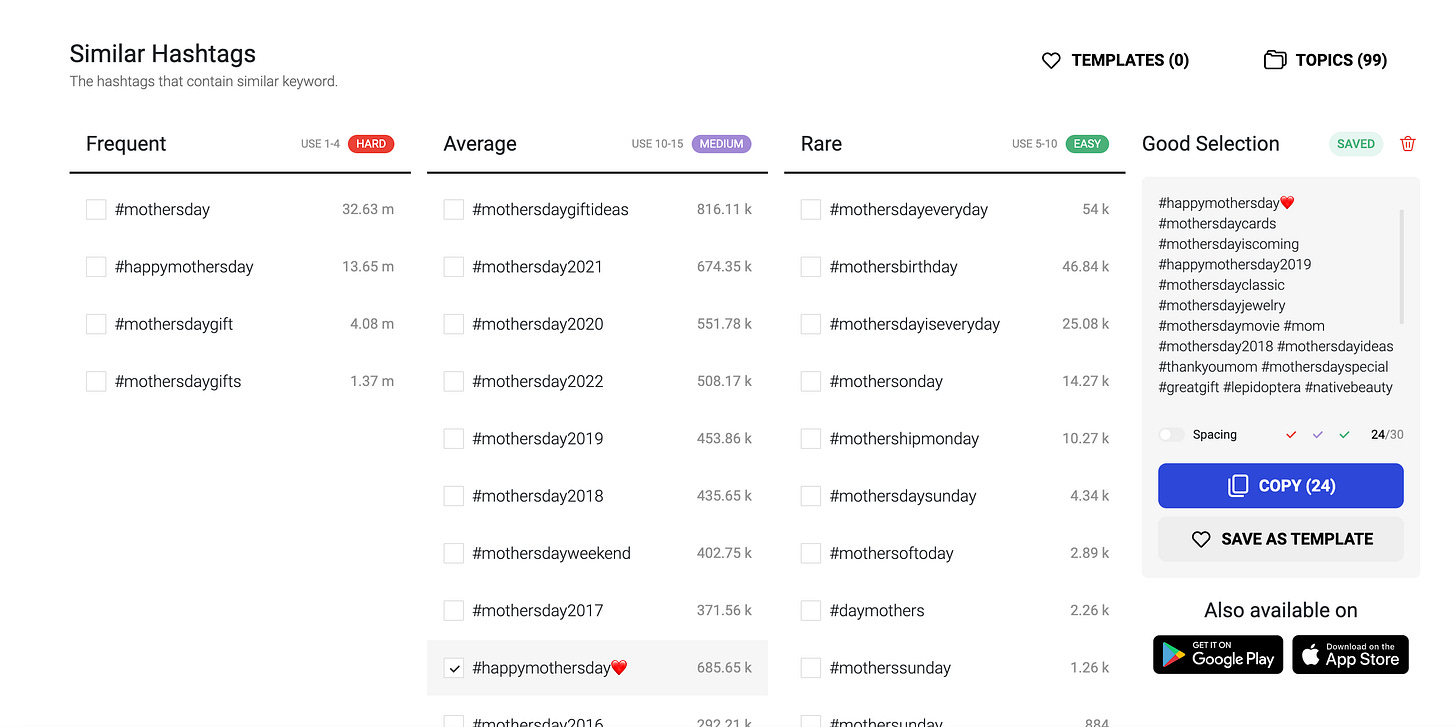SEO basics: What is it and how does it work?
Top tips to attract a bigger audience to your website, explain what SEO (Search Engine Optimisation) and SMO mean and how to boost them. Let's not forget this week's news round-up
Good morning folks!
Have you got your coffee in hand? Great!
Welcome to the newsletter produced by students at Manchester Met University. In case you missed our other posts, this is where we give you tips on how to become a better digital reporter. Whether you’re just getting started in the digital journalism world or you’re brushing up on some existing skills, we have everything you need.
This week, Ola and Ruby tell us about terms like SEO and SMO. Let us know what you think of this post by filling out the poll at the end.
Don’t forget to leave a comment below to let us know how we can improve the next post.
What’s coming up
Today, we’ll chat about how to attract a bigger audience to your site. We’ll start by giving you three helpful tips on SEO (Search Engine Optimisation), another three on SMO (Social Media Optimisation), then we’ll explain how you can use related searches to your advantage. You’ll also find links to some of our biggest stories from the past week at the end.
In our class this week, we learned:
What the difference is between SEO and SMO
Why it’s important to focus on improving SEO and SMO at an early stage of your journalism career
The biggest problem with SEO and SMO is that unless you have been in the online marketing business for years, these acronyms and jargon are there to slam the door in your face. The reality is companies make it tough for you to understand what they mean.
But luckily, they aren’t as complicated as you think.
Search Engine Optimisation
What is SEO?
SEO is “the process of increasing traffic to your website from a search engine like Google”. This is known as ‘organic traffic’. So what can we do to improve Google SEO?
Linking - Adding links to your stories is a great way to improve your ranking in a Google search.
Just remember that you need to link to quality, credible sources which are relevant.
‘On’ and ‘Off’ page optimisation
On page optimisation - Subheadings, images and other illustrations can help you to improve your on-page optimisation as these are what your audience will search for on Google
Off page optimisation - this tells Google what others think of your site. When others link to your work, it adds credibility and this can be done in conjunction with social media optimisation (see below)
‘Keywords’ related to the content you are putting out are the most effective markers to drive people to your site.
Think about your journey through Google’s search engine. If you’re not satisfied with the page links Google has given you, as a user you will naturally go to the top eight ‘Related searches’ found near the bottom of the search page (see picture). There, you may or may not find what you’re looking for and the keywords here can be used in the background of your own site.
To figure out what would be effective keywords, you can also look through Google Trends. Right now the highest daily search trend is actor ‘Bruce Willis’.
If we look at the data over time, we can see that there was a peak in the number of searches for ‘Bruce Willis’ at the beginning of 2022. To give you context, this was when his family announced that Mr Willis had dementia.
The latest peak (in green) was when his family released a video of his birthday.
So looking at these trends can be important in finding out what is trending on Google as it can give you some guidance as to what your audience may be interested in.
Social Media Optimisation
What is SMO?
Social Media Optimization is essentially using social media sites like Twitter, Instagram and TikTok to grow your online presence and spread the message.
Similar to SEO, SMO’s main aim is to reach a larger audience but it allows you to connect with them more directly.
Branding - While it might be uncomfortable for some, self-promotion is hugely important in the social media world. Just remember that arrogance will switch people off. So it’s important to strike a balance and figure out your brand’s voice. Carve out the personality and you’ll go far.
Tags - Think about the hashtags you use as these relate to the audience you will attract.
Social Media posts
Twitter - 3 hashtags is more than enough on Twitter, along with a few mentions using the ‘@’ symbol
TikTok - use TikTok’s Creative Centre to show what is trending and take inspiration on your keywords. Mo-Di Journalism gives you pages of useful knowledge #forfree
Instagram - Adding 3-5 hashtags per post are plenty on Instagram and will help your ‘discoverability’ on the site. You can get around this and add a comment underneath your post and to add a lot more tags.
Using software like In Flact means you can quickly create up to 30 hashtags which will drive people to your post.
To fill your head with even more SEO and SMO-related stuff, check out the Interhacktives team’s data-driven journalism offerings

The main thing to remember is that SEO is a long-term process - you need to consistently monitor your rankings, get feedback, create quality content and engage with your readers. So carry on and you’ll be wizards at this in no time.
Don’t forget to fill out the poll and leave a comment below. This will help us make our posts even better!
Thanks for reading,
Ruby and Ola











